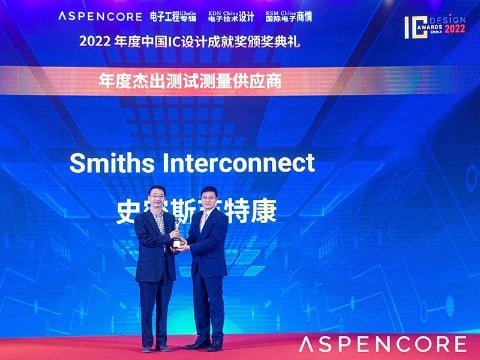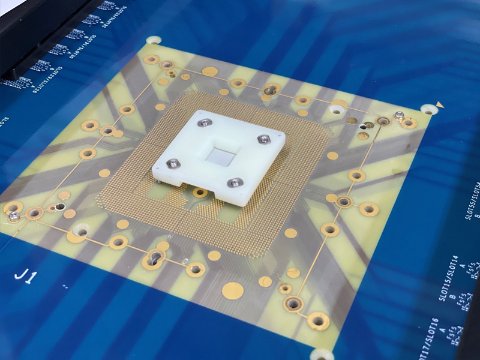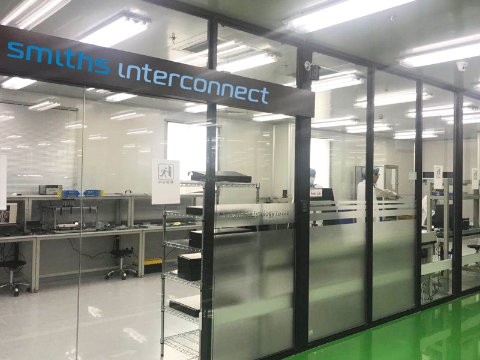- Small EL/Az configuration, provides light weight portable platform
- Quad-Band (L,S,C, & Ku) coverage
- Rx capability in all bands
- Built-in ACU, power supply, and axis control
- Integrated INS for fast set-up and target acquisition
- Flexible Command and Status Interface
Applications:
- Ground based UAV Data link antenna
- For portable on the halt and low dynamic, on-the-move applications.
- Medium to Long Range Directional Antenna applications
MMA-RX Communication Link system is a new addition to Smiths Interconnect’s field proven line of Ground Control / Ground Data Terminal products. MMA-RX utilizes a three aperture design providing Quad band Data receive bandwidth in a single unit. The system features upgraded high efficiency apertures providing short to medium range link capability. The desired aperture is user selectable On-The-Fly through a flexible software interface, providing L/S, or C, or Ku Band capability within 3 seconds.
The system features a two axis (El over Az) antenna positioner assembly suitable for the harsh tactical environment. The antenna controller, power supply, LNA’s, and all the neccesary filters, and switches are all integrated into single LRU. The system also comes with an integrated North Finding system which facilitates rapid set-up and target acquisition. The combination of small size, rapid deployment, high gain, large instantaneous bandwidth, and dynamic capability directly benefit the tactical user by providing a low SWaP datalink for Line-of-Site communication at high data rates.





